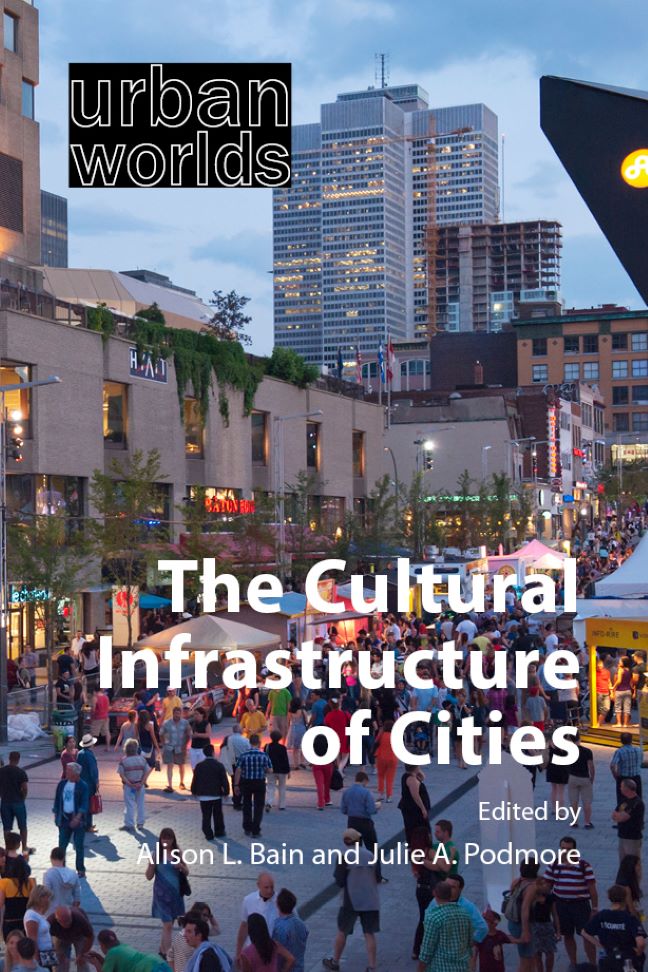6 - The performative contingency of cultural infrastructure
Published online by Cambridge University Press: 23 January 2024
Summary
On a Munich summer night in 2018, I attended a dance party. The music was all over the place: an Afghan qataghani was followed by German hip-hop, a Syrian dabke tune would play after a Turkish remix of an old recording of a tango track. It had been almost three years since: thousands of migrants had arrived in Munich's central train station; the city had erected refugee camps to receive newcomers; the asylum paperwork, the translation, the German lessons and the mutual aid networks had all been established.
The partygoers had grown up in many different parts of the world, many of them waiting on Germany's immigration apparatus to process their refugee claims, or their appeals after their status had been turned down. People were dancing, drinking, talking or smoking by the club door. Of the 50-plus people there, most had arrived in Munich since the proclamation of a so-called “European refugee crisis” – some by foot, by bus, by train and some, like me, by plane. We shared the same room that night because we knew the music would be diverse. While it can be challenging to dance to unfamiliar musical styles and the shift from one track to the next can be jarring, this was to be part of the night's beauty.
The party, called Plug in Beats, was billed as an “intercultural democratic dance party” (Figure 6.1). Each month, long-established Munich residents and newly arrived people came together in Orangehouse, one of the small clubs housed in Feierwerk, a city-funded cultural centre. Armed with smartphones, attendees would choose music for each other to dance to. The process, which borrowed from karaoke, followed a specific format. Attendees were greeted by Feierwerk staff and volunteers who passed around laminated cards with numbers on them. Translators were on hand, and instructions in six different languages (Arabic, Farsi, French, German, English and Spanish) were laid out around the room explaining that numbers would soon appear on a VJ screen above the stage, indicating the moment to bring one's smartphone to the DJ with a musical selection ready.
- Type
- Chapter
- Information
- The Cultural Infrastructure of Cities , pp. 99 - 112Publisher: Agenda PublishingPrint publication year: 2023

